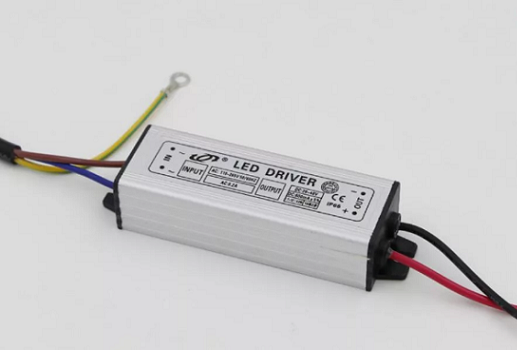Key Takeaways
- The global LED driver market is expected to exceed USD 20 billion by 2028, driven by urbanization and sustainability efforts.
- LED drivers enhance energy efficiency, extend the lifespan of fixtures, and enable smart lighting solutions in commercial and residential spaces.
- Innovative trends like AI and IoT integration are transforming LED drivers into integral components of smart city infrastructures.
The Significance of LED Drivers
LED drivers are essential devices regulating the electrical current and voltage for LED systems. They not only optimize performance but also enhance the longevity and efficiency of lighting installations. As cities modernize their infrastructure, the demand for innovative LED drivers is booming, aligning with sustainability goals.
Market Growth Driven by Urbanization
The LED driver market, projected to reach US$48 billion by 2031, is benefitting from stringent regulations on energy consumption and increasing urban populations. Municipalities are replacing traditional streetlights with LED systems, which leverage advanced LED drivers for significant energy savings, often up to 70%. Such shifts not only reduce financial burdens but also contribute to broader climate action.
Advantages for Residential and Commercial Sectors
In residential and commercial contexts, LED drivers offer key benefits:
– **Energy Efficiency**: They minimize energy wastage through precise current regulation.
– **Long-lasting and Reliable**: They extend the lifespan of LED fixtures, reducing maintenance needs and costs.
– **Flexible Control**: Dimmable and smart-enabled drivers integrate seamlessly with automation systems for customizable lighting solutions.
These innovations allow businesses such as retail and hospitality to enhance customer experiences and optimize productivity through tailored lighting options.
Smart Cities and Advanced Infrastructure
Modern LED drivers are pivotal in developing smart city infrastructures. Equipped with IoT connectivity, they facilitate real-time monitoring and predictive maintenance, significantly enhancing urban management. Smart streetlights, for example, adjust brightness based on traffic, weather, and events, leading to cost efficiency and improved public safety.
Utilities benefit from data gathered by drivers to optimize energy loads and embrace renewable sources, contributing to a more adaptive urban environment.
Innovation on the Horizon
The LED driver industry is evolving rapidly, with advancements in:
– **Miniaturization**: New integrated circuits allow for smaller, more efficient drivers.
– **Wireless Connectivity**: Next-gen drivers enable seamless integration with various networks, enhancing control and diagnostics.
– **AI Features**: Emerging algorithms can detect early signs of failure, increasing reliability and system performance.
Emerging Business Models
The trend toward Lighting-as-a-Service (LaaS) models capitalizes on these advancements. LED drivers ensure predictable performance and facilitate smooth technology upgrades. This approach allows clients to access advanced lighting solutions without substantial upfront costs, catering to today’s budgetary constraints.
The Promising Future Ahead
As technology adoption accelerates, LED drivers will play a growing role in enhancing operational efficiency, sustainability, and the user experience in both business and municipal sectors. The transition to advanced drivers represents a significant opportunity for leadership in environmental initiatives and economic gains.
The content above is a summary. For more details, see the source article.















